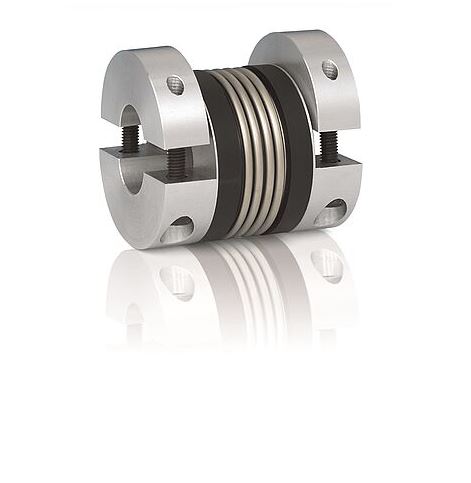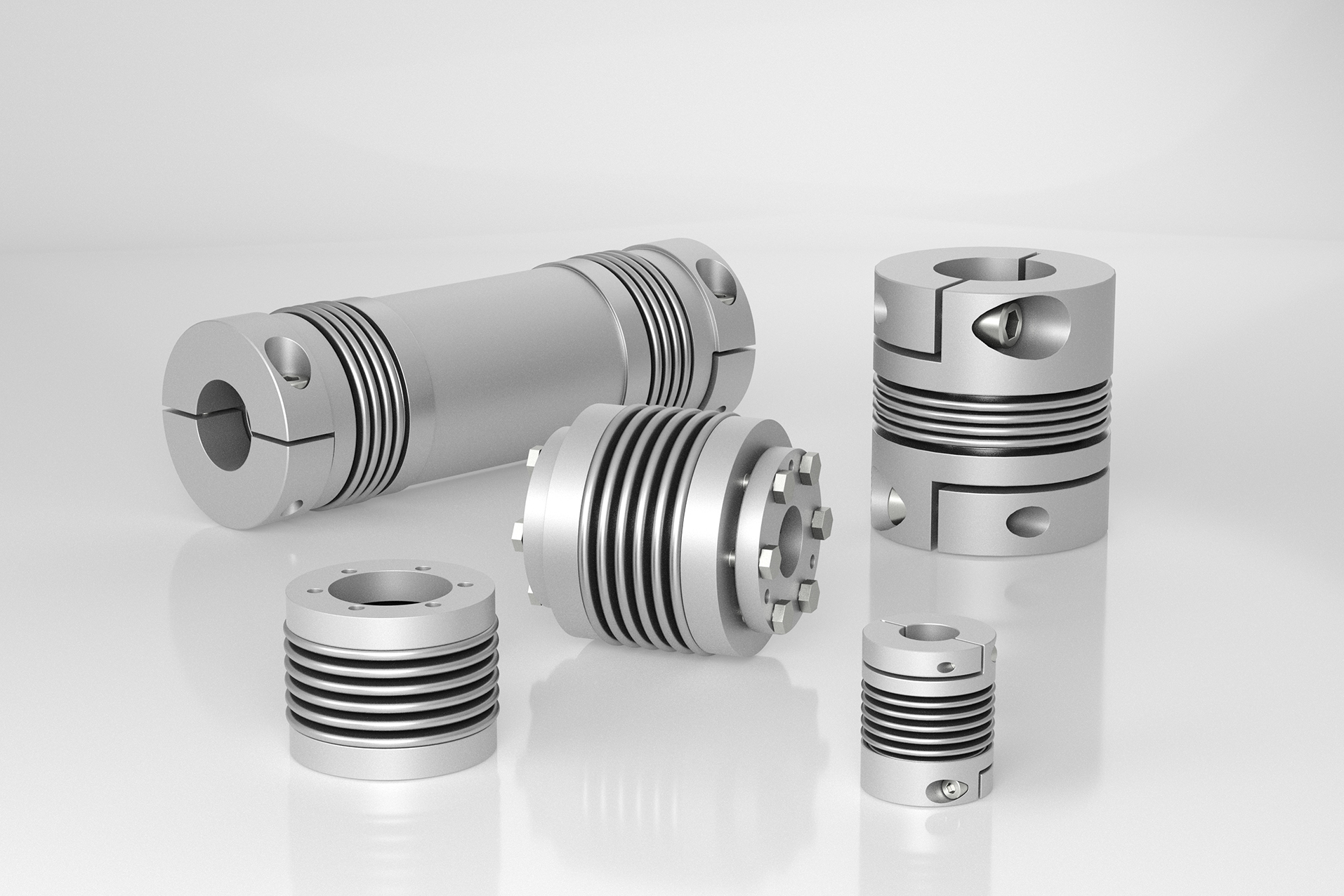Product Description
| Item No. | φD | L | L1 | L2 | M | Tighten the strength(N.m) |
| SG7-6-40- | 40 | 55 | 19 | 24 | M3 | 3 |
| SG7-6-55- | 55 | 65 | 22 | 31 | M4 | 6 |
| SG7-6-65- | 65 | 76 | 27 | 37 | M5 | 8 |
| SG7-6-82- | 82 | 88 | 32 | 41 | M6 | 10 |
| SG7-6-90- | 90 | 88 | 32 | 41 | M6 | 12 |
11111111111111111111111111111111111111111111111111111111111111111111111111111111111111111111111111111111111111111111111111111111111111111111111111111111111111111111111111111111111111111111111111111111111111111
1111111111111111111111111111111111111111111111111111111111111111111111111111111111111111111111111111111111111111111111111111111111111111111111111111111111111111111111111111111111111111111111111111111111111111111112111111111111111111111111111111111111111111111
| Item No. | Rated torque | Maximum Torque | Max Speed | Inertia Moment | N.m rad | RRO | Tilting Tolerance | End-play | Weight:(g) |
| SG7-6-40- | 13N.m | 26N.m | 8000prm | 9×10-5kg.m² | 15×103N.m/rad | 0.15mm | 2c | 1mm | 231 |
| SG7-6-55- | 28N.m | 56N.m | 6000prm | 2.9×10-4kg.m² | 28×103N.m/rad | 0.2mm | 2c | 1.5mm | 485 |
| SG7-6-65- | 60N.m | 120N.m | 5000prm | 4.6×10-4kg.m² | 55×103N.m/rad | 0.25mm | 2c | 1.5mm | 787 |
| SG7-6-82- | 150N.m | 300N.m | 4500prm | 1.1×10-3kg.m² | 110×103N.m/rad | 0.28mm | 2c | 1.5mm | 1512 |
| SG7-6-90- | 200N.m | 400N.m | 4000prm | 2×10-3kg.m² | 140×103N.m/rad | 0.3mm | 2c | 1.5mm | 1800 |
/* January 22, 2571 19:08:37 */!function(){function s(e,r){var a,o={};try{e&&e.split(“,”).forEach(function(e,t){e&&(a=e.match(/(.*?):(.*)$/))&&1

What are the Maintenance Requirements for Bellows Couplings to Ensure Reliable Performance?
Proper maintenance of bellows couplings is essential to ensure their reliable performance and extend their service life. Here are some maintenance requirements and practices for bellows couplings:
- Regular Inspection: Perform routine inspections of the bellows coupling to check for any signs of wear, damage, or misalignment. Look for cracks, tears, or deformation in the bellows element, as these issues can lead to coupling failure.
- Lubrication: In most cases, bellows couplings do not require lubrication. However, some specific applications or coupling designs may benefit from periodic lubrication of the shafts. Always follow the manufacturer’s guidelines regarding lubrication, as using the wrong type of lubricant can damage the coupling.
- Keep the Coupling Clean: Ensure that the bellows coupling and its surroundings are clean and free from debris. Dirt, dust, and foreign particles can accelerate wear and reduce the coupling’s performance.
- Avoid Overloading: Do not exceed the maximum torque and speed limits specified by the manufacturer. Overloading the coupling can cause premature failure and compromise the system’s performance.
- Address Misalignment and Shaft Movement: If misalignment or shaft movement occurs during operation, identify and correct the root cause promptly. Excessive misalignment or axial motion can put extra stress on the bellows and lead to premature failure.
- Inspect Fasteners: Check and tighten the fasteners, such as set screws or clamping screws, that secure the coupling to the shafts. Loose fasteners can cause the coupling to slip or shift, affecting its performance.
- Replace Damaged Couplings: If any signs of damage or wear are detected during inspection, replace the bellows coupling with a new one. Continuing to use a damaged coupling can result in catastrophic failure and potential damage to connected machinery.
- Follow Manufacturer’s Guidelines: Always follow the maintenance instructions provided by the coupling manufacturer. They may have specific recommendations for inspection intervals, cleaning methods, and other maintenance practices.
By following these maintenance practices, you can ensure that your bellows couplings remain in good condition and deliver reliable performance throughout their operational life. Regular inspections and proactive maintenance help identify potential issues early, allowing you to take corrective actions before they escalate into more significant problems.

How do bellows couplings ensure torque transmission and minimize backlash in precision systems?
Bellows couplings are used in precision systems to transmit torque between two shafts while minimizing backlash, which is crucial for maintaining accurate positioning and reducing vibrations. Here’s how they achieve these functions:
- Torsional Rigidity: Bellows couplings are designed with a series of flexible metal convolutions (bellows) that allow angular misalignment between the shafts. The metal bellows provide high torsional rigidity, ensuring efficient torque transmission from one shaft to the other with minimal power loss.
- Backlash Elimination: Backlash is the play or movement that occurs when reversing the direction of rotation in a mechanical system. Bellows couplings are ideal for precision applications because they have virtually zero backlash. The absence of backlash helps maintain accurate positioning and prevents undesired movements in precision machinery.
- Compensation for Misalignment: In precision systems, shaft misalignments can occur due to manufacturing tolerances, thermal expansion, or other factors. Bellows couplings can accommodate angular, axial, and parallel misalignments, ensuring smooth operation and preventing excessive stress on the shafts and connected components.
- Vibration Damping: The flexible nature of bellows couplings also provides some level of vibration damping. This feature helps reduce vibrations and shocks in the system, which is especially important in sensitive precision equipment to maintain stability and accuracy.
- Compact Design: Bellows couplings are compact and lightweight compared to some other coupling types, making them suitable for applications where space and weight restrictions are important considerations.
In summary, bellows couplings play a crucial role in precision systems by ensuring efficient torque transmission, minimizing backlash, compensating for misalignments, dampening vibrations, and providing a compact design. These features make them an excellent choice for high-precision machinery and applications where accuracy and reliability are paramount.

How do Bellows Couplings Accommodate Misalignment and Axial Motion between Shafts?
Bellows couplings are designed to accommodate misalignment and axial motion between shafts while maintaining accurate torque transmission. The key features that enable this flexibility are the bellows element and the coupling’s construction.
1. Bellows Element: The bellows element is a thin-walled, corrugated metal tube with deep convolutions. When torque is applied to the coupling, the bellows element flexes, allowing for angular misalignment between the driving and driven shafts. The corrugations in the bellows provide the necessary flexibility while maintaining the overall structural integrity of the coupling.
2. Axial Motion Compensation: Bellows couplings can also accommodate axial motion between shafts. When there is axial displacement, the bellows compresses or extends, effectively compensating for the relative movement of the shafts along the axial direction. This feature is particularly beneficial in applications where shafts experience thermal expansion or contraction during operation.
3. Single and Multi-Bellows Designs: Bellows couplings are available in both single and multi-bellows designs. Single-bellows couplings offer greater flexibility and are suitable for applications with relatively low misalignments and axial motion. On the other hand, multi-bellows couplings provide enhanced flexibility and can accommodate higher levels of misalignment and axial motion.
4. Zero Backlash: Bellows couplings are designed to have minimal or zero backlash. Backlash refers to the play or clearance between the coupling’s components. Zero backlash ensures that there is no lost motion when reversing the direction of rotation, making bellows couplings ideal for precision motion control applications.
5. Reducing Side Loads: To ensure optimal performance and longevity, it is essential to minimize side loads on bellows couplings. Excessive side loads can cause premature wear and fatigue in the bellows element, leading to reduced coupling life.
Overall, bellows couplings provide excellent flexibility and compensatory capabilities, making them a preferred choice in applications where misalignment and axial motion are expected. The ability to handle these factors without compromising torque transmission or introducing backlash makes bellows couplings suitable for various industries, including robotics, automation, aerospace, and semiconductor manufacturing.


editor by CX 2024-04-10
